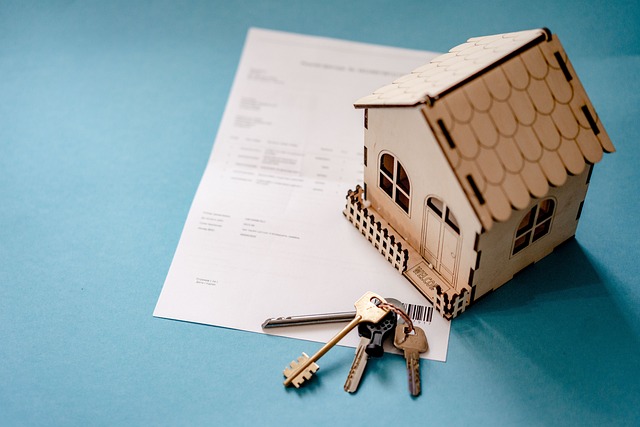In the fluctuating real estate market, buyers and investors must dig deeper than surface details. Hidden costs like property taxes, insurance, maintenance fees, and utilities can significantly impact monthly expenses, varying by location, property type, and age. Staying informed about these aspects is crucial for making informed decisions, ensuring financial transparency, and avoiding unexpected budgetary hurdles in the real estate sector. Proactive measures such as negotiating loan terms, budgeting, and income increases can help mitigate these fees, promoting financial stability throughout property ownership.
In the dynamic landscape of real estate, understanding hidden costs is paramount for buyers. Added expenses, often overlooked, significantly impact monthly payments, compounding over time to create a financial burden. This article delves into the intricacies of these hidden costs, exploring their profound effect on mortgage affordability. We equip readers with strategies to mitigate and manage these additional fees, empowering them to make informed decisions in the competitive real estate market.
Understanding Added Costs in Real Estate: Unveiling the Hidden Expenses

In the dynamic realm of real estate, understanding every nuance of a property’s financial implications is paramount for both buyers and investors. Beyond the listed price, there often lurk hidden expenses known as added costs. These additional charges can significantly impact one’s monthly payments, potentially transforming the affordability landscape. From property taxes to insurance, maintenance fees, and sometimes even utilities, these unforeseen expenditures can catch unawared individuals off guard.
Delve into any real estate transaction, and you’ll discover that these added costs vary widely depending on location, property type, and age. For instance, older homes might demand higher maintenance budgets due to wear and tear, while luxury properties often come with exclusive amenities that contribute to substantial monthly fees. Staying informed about these hidden financial elements is crucial for making sound decisions in the real estate market, ensuring transparency, and avoiding budgetary surprises along the way.
The Impact on Monthly Payments: How These Costs Compound Over Time

In the realm of real estate, additional costs can significantly impact monthly payments, often overlooked by potential buyers or investors. These extra expenses, which can vary widely from property to property, include various fees such as maintenance charges, association dues, and sometimes even unexpected repairs. What might start as a seemingly manageable amount each month can compound over time, leading to substantial financial commitments beyond the initial mortgage or lease payments.
As these additional costs add up, they contribute to a growing financial burden. For instance, a small monthly fee for a community pool or gym may seem insignificant but can total considerable sums annually. Similarly, routine maintenance or unexpected repairs, which are often the responsibility of homeowners, can quickly escalate if not budgeted for adequately. Over time, these recurring expenses can outpace income growth, affecting overall financial health and potentially hindering other financial goals in the real estate market.
Strategies to Mitigate and Manage Additional Real Estate Fees

When additional real estate fees creep into your monthly payments, it’s important to take proactive measures to mitigate their impact. One effective strategy is to negotiate with your lender for better terms or a lower interest rate, which can significantly reduce overall costs. Refinancing or modifying your existing loan could open doors to more favorable conditions.
Moreover, budgeting and financial planning are crucial. Allocate specific funds for these additional expenses and explore options like cutting unnecessary expenses or finding ways to increase income. Regularly reviewing your budget ensures you stay on track and can adapt as needed. This proactive approach empowers you to manage real estate costs effectively, ensuring financial stability throughout your property ownership journey.






